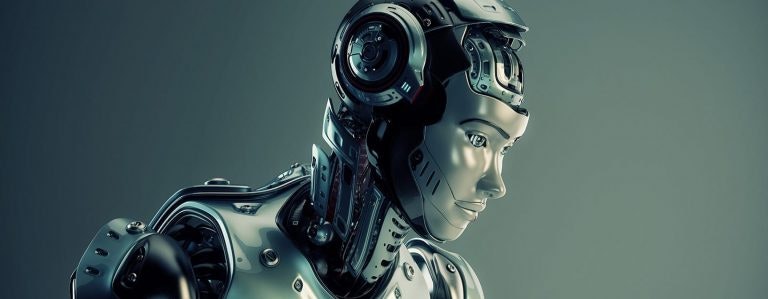
Walmart AI
The future of retail is slowly taking shape in the heart of a legendary Long Island suburb. Patrons of Walmart’s Levittown store may catch a glimpse of the on-site data center encased behind a wall of glass where, overhead, 1 500 cameras are suspended from the ceiling. Unseen, a complex system of sensors and analytics are triggering real-time stock alerts. It’s Walmart’s AI-retail prototype, and it’s demonstrating new applications of artificial intelligence in business.
Digitizing the in-store experience
Called the Intelligent Retail Lab, the AI pilot is housed inside a 50,000 square foot store. The Walmart Neighborhood Market carries 30 000 items.
IRL’s testbed boasts impressive specs. A mass of 100 servers powers the web of sensors, 3D-depth sensing cameras, and processors.
“All this hardware is connected by enough cabling to scale Mt. Everest five times and enough processing power to download three years’ worth of music (27,000 hours) each second,” reads an IRL statement.
To deliver practical benefits to customers and staff, IRL is focussing on a few key areas.
Product inventory and freshness
To start, the team will tap into intelligent automation to ensure goods are in stock, and that their freshness can be guaranteed.
Walmart provides an overview:
“When you go shopping for the week, you want the products you buy to be in stock when you get to the store. In IRL, a combination of cameras and real-time analytics will automatically trigger out-of-stock notifications to internal apps that alert associates when to re-stock.”
While it sounds easy, the automated system must accomplish a few tasks. Most of Walmart’s artificial intelligence uses visual recognition software, and they were trained on thousands of examples, collecting data over several months.
Cameras can tell how ripe bananas are based on their color, alerting in-store workers to replace the fruit when necessary.
The cameras focus on the products and shelves; sensors embedded in the shelves will then collect additional information to make up for what the cameras can’t see, reports CBC News.
Future plans for the store include making sure shopping carts are available and enough cash registers are open, reports TechCrunch.
Technology trends in retail
This isn’t the first AI-powered store, and you’ll likely remember us talking about Amazon Go.
Unlike Walmart’s IRL, Amazon’s foray into AI is a grab and go store: there are no cashiers, instead, customers scan the code from the Amazon Go app to enter. Using artificial intelligence and camera technology, items are tallied when customers leave and then charged to their account.
Now you may be wondering why commerce giants like Walmart and Amazon are plowing investments into brick-and-mortar stores. Isn’t the future of retail online?
suggest that 83 percent of goods purchased internationally will be bought in-store, which presents an opportunity for companies to harness the power of technology trends in retail.
What do all these technology trends signal for the future of retail?
In an article on Inc, Minda Zetlin writes that there are several AI-powered concepts in retail. Amazon already has 10 Amazon Go stores, while 7-Eleven is experimenting with its own cashierless checkout AI-offering. Additionally, Walmart hopes to expand its best findings to a network of 4800 stores, according to Fast Company. All seek to remove friction, leading to increased sales.
Artificial intelligence in business
Time will tell which AI concepts will endure. Industry leaders know if they want to compete, they need to study the implications of artificial intelligence for business. Read our article on harnessing the advantages of AI to learn how artificial intelligence in business improves the customer experience.
Explore other articles
Step into the future of business messaging.
SMS and two-way channels, automation, call center integration, payments - do it all with Clickatell's Chat Commerce platform.








